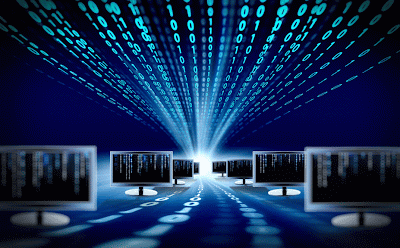
MAC Address

What is a MAC Address?
A MAC
address, or Media Access Control address, is a 48- or 64-bit address
associated with a network adapter. While IP addresses are associated with
software, MAC addresses are linked to the hardware of network adapters. For
this reason, the MAC address is sometimes called the hardware address, the
burned-in address (BIA), or the physical address. MAC addresses are expressed
in hexadecimal notation in the following format: 01-23-45-67-89-AB, in the case
of a 48-bit address, or 01-23-45-67-89-AB-CD-EF, in the case of a 64-bit
address. Colons (:) are sometimes used instead of dashes (-).
MAC addresses are often
considered permanent, but in some circumstances, they can be changed. There are
two types of MAC addresses:










